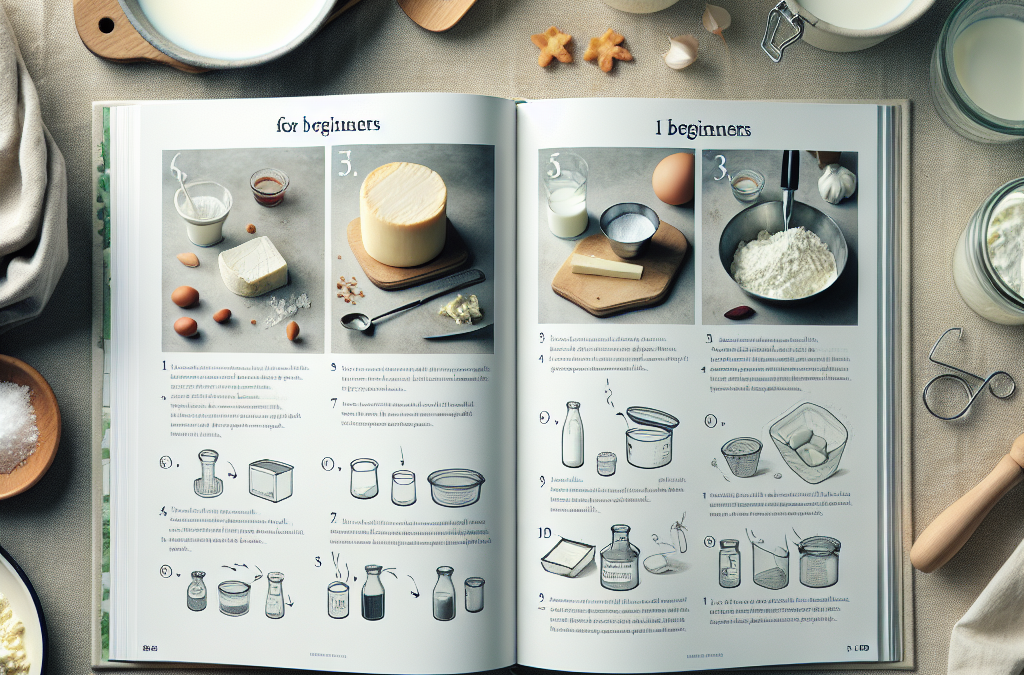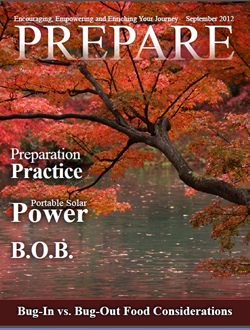Understanding Cheese Basics
What is Cheese?
Cheese is simply a dairy product made by curdling milk. It comes in a wide variety of textures and flavors, depending on the type of milk used and the methods of production. Personally, I find each cheese tells a story, from creamy Brie to pungent Roquefort, so be prepared to embark on a culinary adventure!
For anyone starting out, knowing that there’s so much to explore in terms of cheese varieties can be quite inspiring. Fresh cheeses like Ricotta and Mozzarella are often the easiest and quickest to make. I remember the first time I pulled fresh, gooey mozzarella; it was like magic!
One thing to keep in mind is that cheese making is as much science as it is art. The balance of bacteria, acidity, and temperature all play critical roles in the end product. Don’t worry; we’ll break it down into manageable steps ahead!
Gathering Your Tools
Essential Equipment
Before diving into cheese making, it’s vital to gather the right tools. You’ll need things like a large pot, thermometer, cheese mold, and cheesecloth. When I first started, I used stuff I had around the house, which made it easy and less intimidating.
A good quality thermometer is one of the most important tools. It ensures your milk is at the proper temperature for culturing and curd formation. Trust me, having the right temperature can make or break your cheese!
Cheese molds are also a must-have. They shape the cheese and help it drain. When I made my first cheese, I used an old muffin tin and it actually worked quite well. Just be creative with what you have!
Choosing the Right Milk
Types of Milk
The choice of milk can significantly affect your cheese. Cow, goat, and sheep milk all produce different flavors and textures. When I first experimented, I found that goat cheese had such a distinct and tangy profile that it quickly became one of my favorites!
Fresh, high-quality milk is crucial. Always opt for non-UHT milk, as ultra-heat treatment changes the milk’s proteins and might not yield good results. When I questioned my local dairy farmer about their practices, I felt confident about using their fresh milk.
Skim or full-fat milk? My opinion: go for full-fat! The richness provides a creamier texture in the final product that really enhances those flavors. Plus, who doesn’t love rich, buttery cheese?
Mastering the Techniques
Curdling the Milk
To make cheese, you’ll start by curdling the milk. This is often done with an acid like lemon juice or vinegar, or with rennet if you’re feeling fancy. I remember nervously pouring vinegar in for the first time, holding my breath until the curds formed. It was a thrill!
After the curds set, you cut them. This step helps release the whey. The size of your curds affects the final texture, so don’t shy away from experimenting. Smaller curds generally lead to drier cheese, while larger pieces result in creamier cheeses.
Once the curds are cut, they need to be heated gently to help them firm up. Keep stirring – this is such a fun step and is where you can really start to see your hard work pay off!
Finishing and Aging Your Cheese
Shaping and Draining
After heating, you’ll want to mold your curds into the desired shape. Don’t be shy here; every shape and size adds to the uniqueness of your cheese. I loved my first wheel of cheese—it was a bit lopsided, but it had personality!
Draining is the next big step, where you allow the whey to separate from the curds. This can take some time; patience is key! I once rushed this step, only to see my cheese turn out much wetter than planned. Lesson learned!
If you’re making a harder cheese, you’ll likely want to age it. Aging adds depth to flavors and texture. I recommend starting with a mild cheese, so you can see how flavors develop over time. It’s amazing how different your cheese can taste just a few weeks later!
FAQ
1. Can I use any type of milk for making cheese?
While you can technically use any milk, fresh, high-quality full-fat milk yields the best results. Avoid ultra-pasteurized (UHT) milk as it doesn’t form curds well.
2. How long does it take to make cheese?
The cheese-making process can take anywhere from a couple of hours to several weeks, depending on the type of cheese you’re making. For fresh cheeses, expect a few hours of work!
3. Do I need special ingredients to make cheese?
Besides milk, you might need rennet or specific cultures depending on the type of cheese. Luckily, these can typically be found at local markets or online.
4. Is cheese making hard?
Making cheese may seem daunting at first, but it’s really about following some basic steps. With practice, it becomes a fun and rewarding hobby!
5. How do I know when my cheese is ready?
Your cheese will usually tell you when it’s ready through taste and texture. Most fresh cheeses will be ready right after draining, while aged cheeses need a bit more time to develop flavors.





